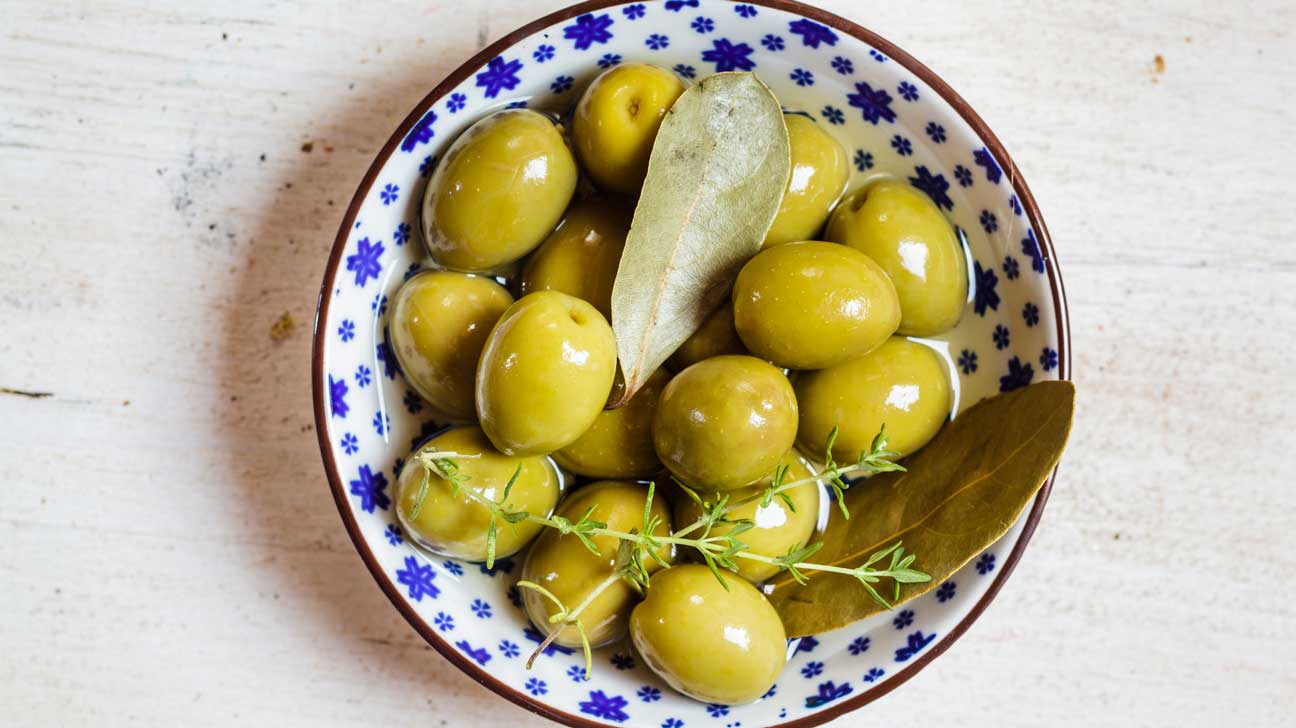
Essential Guide to Green Sea Turtle Diet
Introduction to Green Sea Turtles
Green sea turtles, a remarkable species of marine reptiles, are primarily known for their herbivorous diet that plays a pivotal role in marine ecosystems. As they forage on seagrasses and algae, these creatures significantly impact their habitats, contributing to ecosystem health and balance. In 2025, understanding the diet of green sea turtles is crucial not only for their conservation but also for maintaining the integrity of the ocean’s biodiversity.
This guide will explore the green sea turtle's feeding habits, nutritional needs, food sources, and their interactions with marine vegetation. We will also discuss the implications of their diet on their growth and overall health, highlighting the importance of protecting these turtles' feeding grounds. By the end of this article, you will gain insights into how both environmental changes and human activities influence the dietary habits of these magnificent turtles.
Overview of Green Sea Turtle Feeding Habits
Green sea turtles are primarily herbivores, with a diet that mainly consists of seagrasses and various types of algae. Their feeding habits can vary based on their age, size, and geographical location. For instance, juvenile green turtles tend to have a more varied diet, including invertebrates like shrimp and sponges, while adults predominantly consume seagrasses. This variation reflects their nutritional requirements and the availability of food sources in their habitat.
Understanding the feeding behaviors of green sea turtles is important for conservation efforts since these habits directly influence their growth rates and reproductive success. Additionally, their grazing patterns help to maintain the health of seagrass beds, which play a critical role in carbon storage and provide habitat for other marine organisms.
Key Food Sources for Green Sea Turtles
The primary dietary staples of green sea turtles include a variety of seagrasses and algae.  These plants are rich in nutrients essential for the turtles' health, supporting their growth and energy needs. Seagrasses, such as Halodule and Thalassia, are particularly favored due to their high nutritional value. Additionally, green sea turtles are known to consume algae, which, although less nutritious than seagrasses, provides diversity in their diet.
These plants are rich in nutrients essential for the turtles' health, supporting their growth and energy needs. Seagrasses, such as Halodule and Thalassia, are particularly favored due to their high nutritional value. Additionally, green sea turtles are known to consume algae, which, although less nutritious than seagrasses, provides diversity in their diet.
Interestingly, their foraging behavior can also impact the marine food web. By grazing, they help to keep seagrass beds healthy, promoting biodiversity and supporting various marine species. Understanding the dietary preferences of green turtles is essential for maintaining the health of marine ecosystems.
Role of Marine Vegetation in Green Sea Turtle Nutrition
Marine vegetation, especially seagrasses, plays a critical role in the nutrition of green sea turtles. The high fiber content in seagrasses aids turtles in their digestion, allowing them to efficiently process plant material. Moreover, seagrasses are an essential food source, providing essential vitamins and minerals that support metabolic functions and reproductive health.
Research indicates that the nutritional value of seagrasses can fluctuate with environmental factors such as water temperature and nutrient availability. Such changes can affect turtle grazing patterns and overall health. As such, monitoring the health of seagrass beds is crucial for ensuring an adequate food supply for green sea turtles and maintaining the ecological balance of their habitats.
Understanding the Grazing Behaviors of Green Sea Turtles
Feeding Preferences and Grazing Patterns
Green sea turtles exhibit remarkable grazing behaviors, often selecting specific types of seagrass and algae based on seasonal availability. They demonstrate a preference for healthier patches of seagrass, which are rich in nutrients. Their grazing not only satisfies their dietary needs but also influences the structure and health of those ecosystems.
Grazing pressure from green sea turtles can help in the establishment of diverse underwater grass beds. This natural process benefits other marine species, creating a balanced ecosystem. Observing these grazing patterns provides valuable insight into the dietary habits and ecological roles of green turtles.
Impact of Dietary Choices on Growth and Health
The type of food green sea turtles consume has significant implications for their growth and health. A diet rich in seagrasses and algae is linked to better health indicators, while poor dietary choices can lead to nutritional deficiencies. As they grow, green turtles require varying levels of nutrients to support their development; thus, their diet must be carefully managed and protected.
Research has shown that fluctuations in diet can impact not only individual health but also population dynamics. A healthy diet enables turtles to thrive, reproduce, and maintain healthy populations, ultimately enhancing their roles in marine ecosystems. Hence, sustainable practices concerning their feeding habitats are essential for conserving their populations.
Environmental Influences on Diet
Environmental changes, such as climate change and coastal development, can significantly impact the food availability for green sea turtles. Rising ocean temperatures can alter marine vegetation growth patterns and distribution, making it harder for turtles to find their preferred food sources. Moreover, pollution can degrade seagrass beds, further threatening their survival and health.
Understanding these environmental influences is critical for wildlife management and conservation strategies aimed at protecting not just green sea turtles but the broader marine ecology. Conservation efforts must focus on habitat preservation and recovery to ensure these turtles have access to abundant and nutritious food sources.
Conservation of Green Sea Turtle Feeding Grounds
Human Impact on Food Sources
Human activities pose a significant threat to the feeding grounds of green sea turtles, affecting their dietary needs and habitat. Overfishing and pollution can deplete critical food resources and degrade marine habitats. These actions can lead to increased competition for food among marine herbivores, with direct repercussions on turtle populations.
To mitigate these impacts, effective conservation policies must be implemented. This includes protecting marine protected areas and ensuring sustainable fishing practices that minimize harm to turtle feeding grounds. Awareness and education on the importance of habitat conservation are also vital for promoting responsible human behavior.
Strategies for Sustainable Practices
Promoting sustainable practices is essential for the long-term health of green sea turtles and their habitats. Strategies might include establishing marine protected areas, enhancing regulations around fishing practices, and engaging local communities in conservation efforts. Educational programs can also raise awareness about the ecological importance of green sea turtles and their dietary needs.
By creating a sustainable environment, we can ensure that future generations of green sea turtles have access to the necessary food sources that support their health and the health of marine ecosystems.
Conclusion: The Importance of Diet in Green Sea Turtle Conservation
The diet of green sea turtles is fundamental to their health, growth, and survival. Understanding their feeding habits, dietary needs, and the impact of environmental factors on their food sources is crucial for effective conservation strategies. With rising threats posed by human activities and climate change, it is imperative to minimize impacts on their feeding grounds through sustainable practices and robust marine management.
As we reach 2025, the call for action becomes clearer. Protecting the diets of green sea turtles will not only enhance their conservation but also benefit marine biodiversity and the ecological services these vital creatures provide. This commitment to understanding and preserving their feeding habits is essential for the health of our ocean ecosystems.

 ```
```